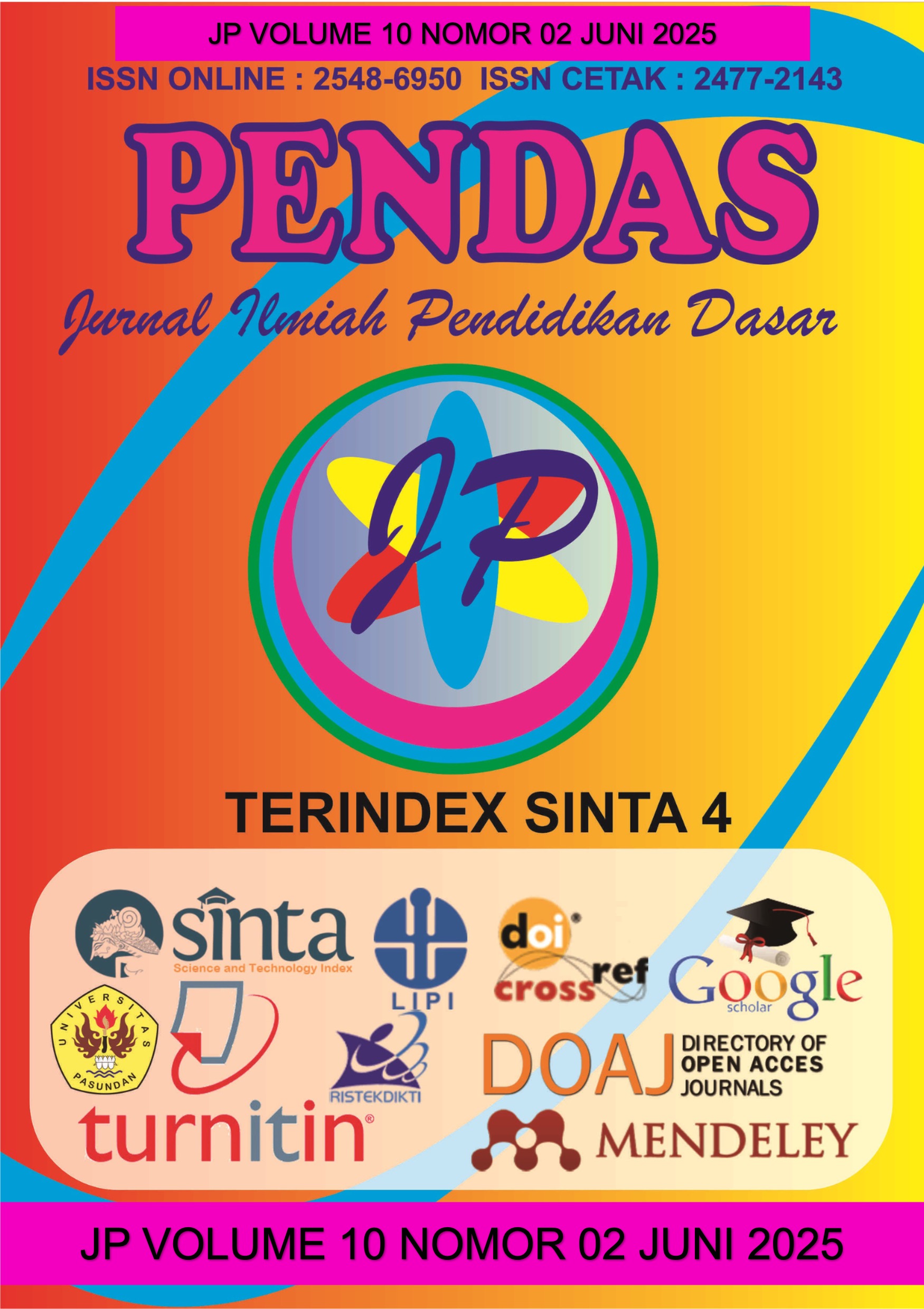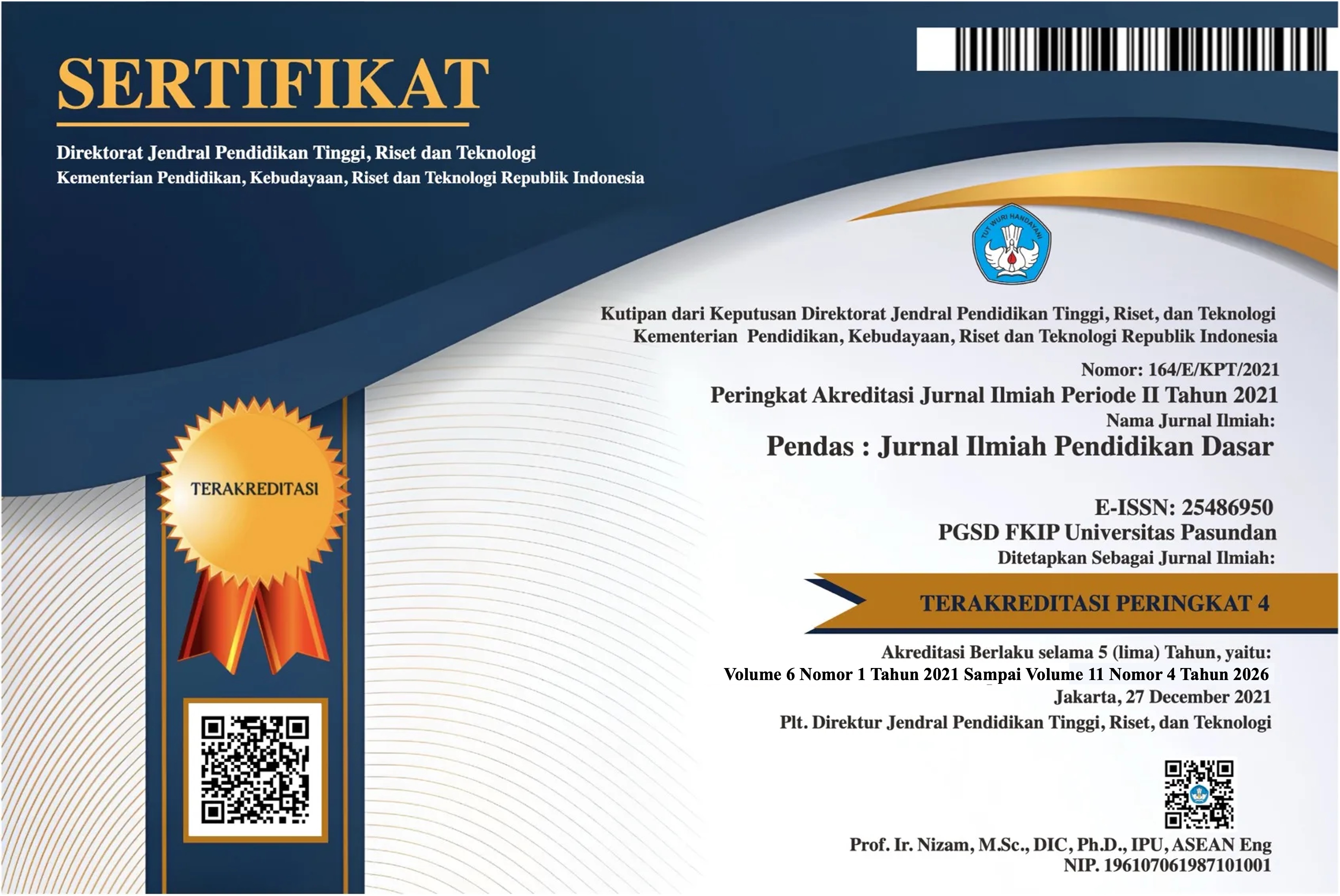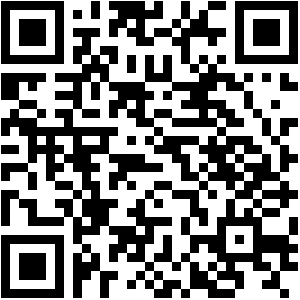PENGEMBANGAN ADJUSTABLE WHEELCHAIR UNTUK OPTIMALISASI PROSES BELAJAR ANAK CEREBRAL PALSY DI SLB YPAC SUMATERA BARAT
DOI:
https://doi.org/10.23969/jp.v10i02.26785Keywords:
Cerebral Palsy, Inclusive Education, Adjustable Wheelchair, Ergonomics, Learning ProcessAbstract
This research is motivated by the problems found in SLB YPAC West Sumatra. There is a girl with the initials K who has physical and motoric problems. This condition is further exacerbated by the lack of ergonomic learning aids, such as wheelchairs that cannot be adjusted to the needs of the user. This study aims to develop an adjustable wheelchair that supports the optimization of the learning process for children with cerebral palsy at SLB YPAC West Sumatra. The method used is Research and Development (R&D) with the Successive Approximation Model (SAM) approach, through three stages, namely preparation, iterative design, and iterative development. The trial subjects included disability experts, design experts, engineering experts, and one cerebral palsy student as a user. Data collection was carried out through observation, interviews, documentation, and validation questionnaires and practicality tests. The validation results from the experts showed that the feasibility level was 87% with the category "very good". Meanwhile, the results of the practicality test showed an average score of 87% with the highest value in the comfort aspect (95%) and effectiveness in learning (90%). The response from homeroom teachers and parents was also very positive with an average satisfaction rate of 88%. Overall, this product has proven to be able to improve students' comfort, safety, and concentration during the learning process. Thus, this adjustable wheelchair is an innovative solution that supports the implementation of inclusive education for children with special needs.
Downloads
References
Ani, N. A., Budi, S., Kasiyati, K., Ardisal, A., & Tsaputra, A. (2023). Meningkatkan Keterampilan Vokasional Membuat Hiasan Dinding dari Kerang Melalui Media Video Tutorial Pada Anak Tunarungu. Jurnal Pendidikan, 32(1), 153-158.
Budi, S., & Afiyah, H. (2020, December). Ragam Media Terapi Gerak Pada Anak Cerebral Palsy: Literatur Review. In (Webinar) Seminar Nasional Pendidikan 2020 (Vol. 1, No. 1, pp. 155-159).
Dwiyani, O. R., & Nurhastuti, N. (2023). Study Kuantitatif Deskriptif Kualitas Hidup Ibu Yang Memiliki Anak Cerebral Palsy Di Yayasan Rumah Gadang Cerebral Palsy Padang. Jurnal Riset Sosial Humaniora dan Pendidikan, 2(3), 01-07.
Erlina, R., & Budi, S. (2024). Meningkatkan Keterampilan Membuat Sabun Cuci Piring melalui Model Project Based Learning pada Siswa Tunagrahita Ringan. Jurnal Pendidikan, 33(3), 679-688.
Fauzan, H. N., Francisca, L., Asrini, V. I., Fitria, I., & Firdaus, A. A. (2021). Sejarah pendidikan anak berkebutuhan khusus (abk) menuju inklusi. Pensa, 3(3), 496-505.
Felia, H., & Iswari, M. (2022). Pengaruh Pola Asuh Orang Tua terhadap Kemandirian
Downloads
Published
Issue
Section
License
Copyright (c) 2025 Pendas : Jurnal Ilmiah Pendidikan Dasar

This work is licensed under a Creative Commons Attribution 4.0 International License.



















